In e-commerce, high-quality and diverse visuals are a cornerstone element of success. To attract customers and convince them the product is high-quality, manufacturers and marketers employ both traditional photography and 3D product photography. CGI visuals allow presenting the goods in dynamic, interactive ways, and often are less restrictive. Still, 3D technologies, while increasingly popular, are relatively new, so you might have your reservations. Let’s take a closer look at the two. What are the similarities and differences between 3D product photography and traditional photography? And what should you opt for to market your product?
Our 3D visualization studio works to ensure marketers and furniture manufacturers have stellar visuals for promotional materials and e-commerce. We know all about 3D renderings, traditional photography, and the best ways to bring them together, and we are willing to share. Without further ado, let’s dive in!
3D Product Photography vs Traditional Photography: Similarities
Both 3D product renderings and traditional photos share formal and aesthetic principles. Simply put, the same aspects determine whether a rendering or a shot will look good. What are they?
#1. Lighting
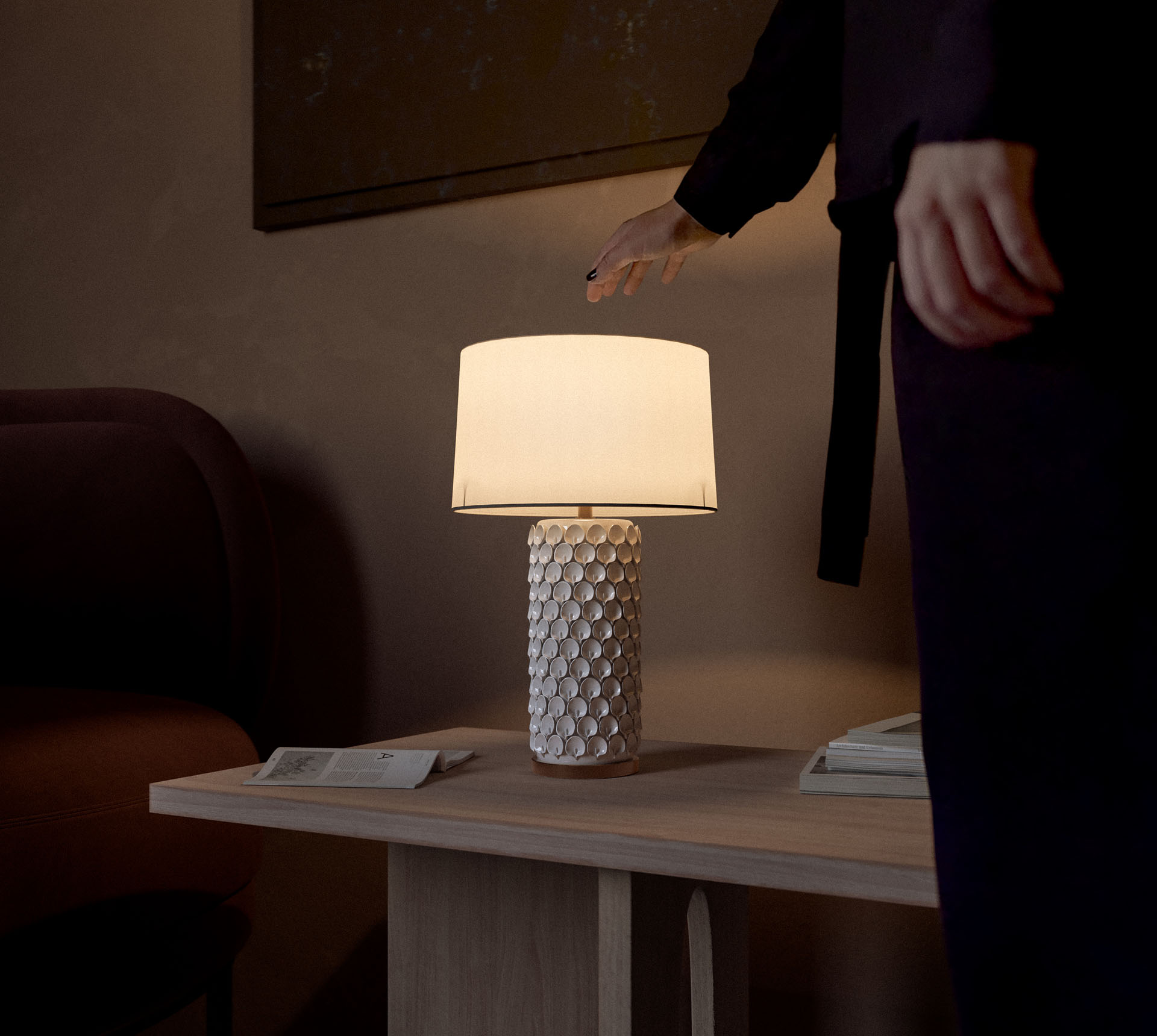
Both in photography and 3D renderings, lighting guides the viewer’s eye, focusing on some objects and obscuring others. Lighting exposes the surfaces and their textures: whether they are shiny or matte, smooth or textured, soft or hard. Lighting is the cornerstone of realism when it comes to 3D product photography.
#2. Composition

The arrangement of the objects is critical for how people will perceive them. It guides the viewer’s eye, and helps emphasize the main objects. On the one hand, both in photography and CGI, you should opt for keeping things straightforward. Make it easy for the viewer to understand what and why you are showing. But, on the other hand, don’t forget about details as well. Details enliven the image, making it more realistic. Details are also vital for telling a story and helping to establish an emotional connection with the viewer.
In e-commerce, the majority of shots you need are simple product or hero shots with the piece of furniture on a plain background dominating the composition. However, for promo materials, and especially for social media, you should opt for more complicated lifestyle images. With them, the artful arrangement of secondary elements can make or break the whole image.
#3. Post-production
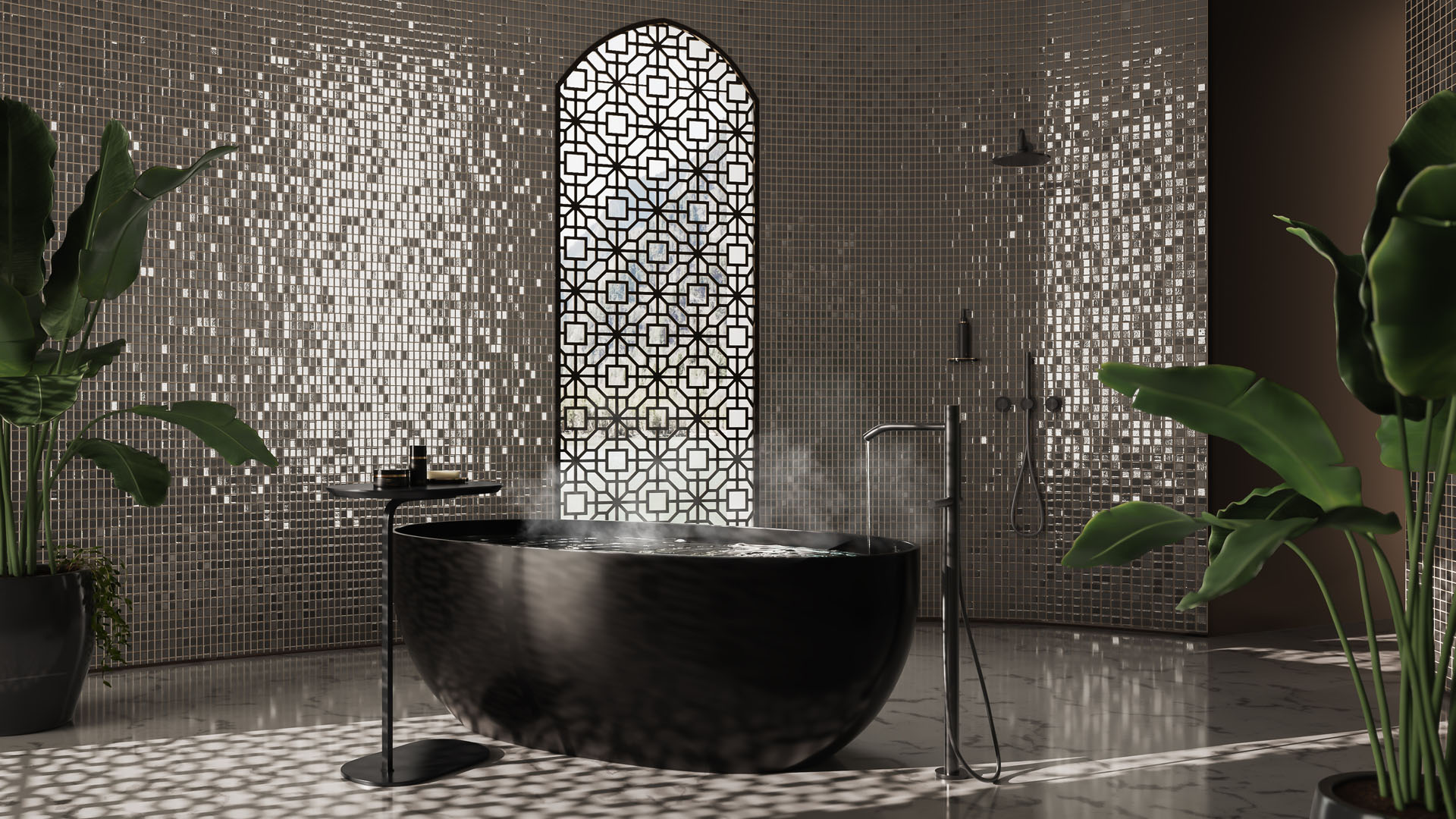
Perhaps surprisingly, the process of post-production is quite similar for both photography and CGI. Contrast, the balance of colors, lights, shadows, and many other aspects one can fine-tune in Photoshop will bring the images to perfection. Obviously, both the photographer and 3D artist would aim for a shot that will require minimal interventions. However, polishing the image in graphic redactors allows them to shine.
3D Product Photography vs Traditional Photography: Differences
While 3D and photography have aesthetics in common, their creation varies dramatically.
#1. Production costs
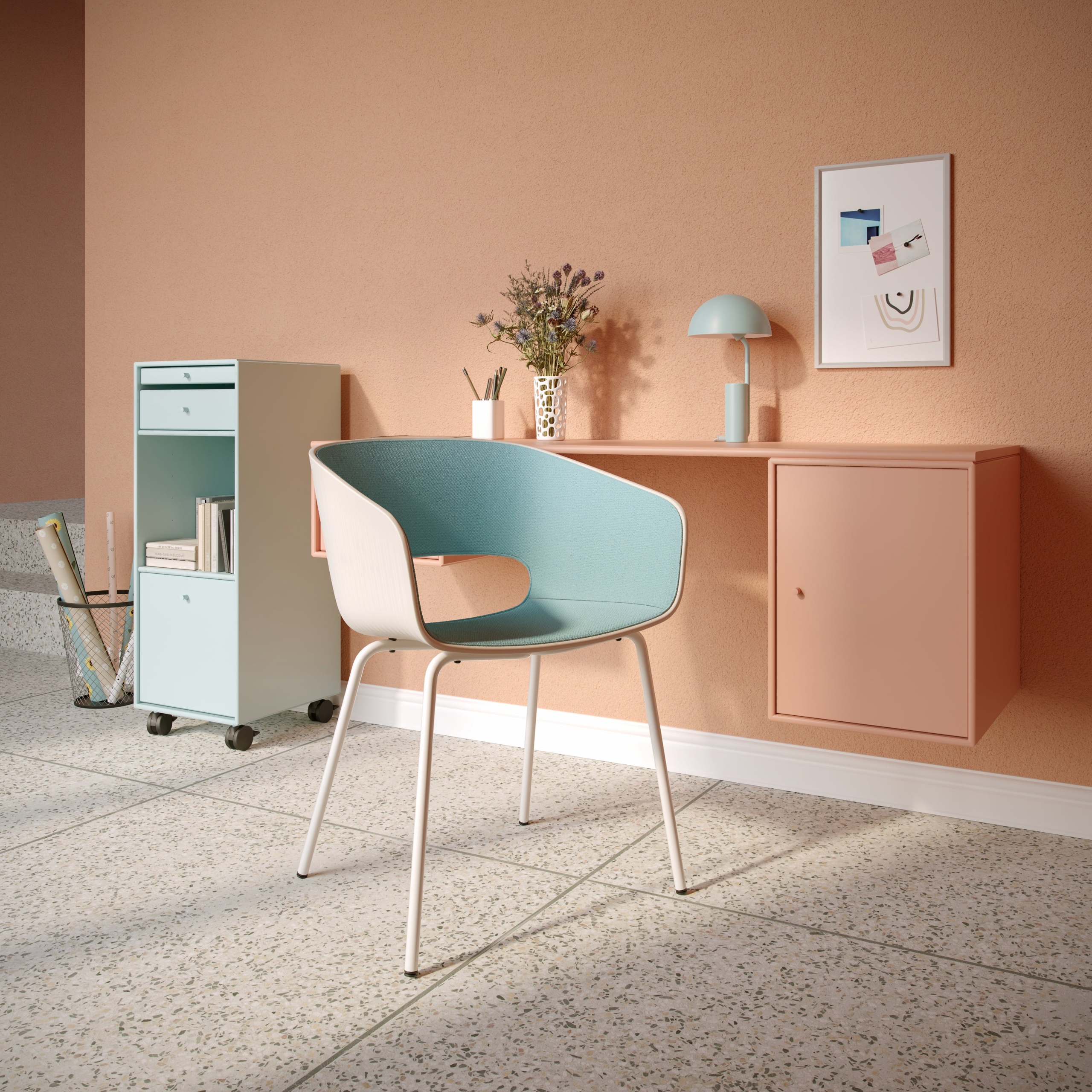
Costs will be significantly lower for 3D product photography in comparison to traditional shooting. Renting a studio, hiring a photographer and a retoucher, and simply transporting the furniture to the studio place quite a noticeable financial strain on the manufacturers and marketers.
#2. Speed
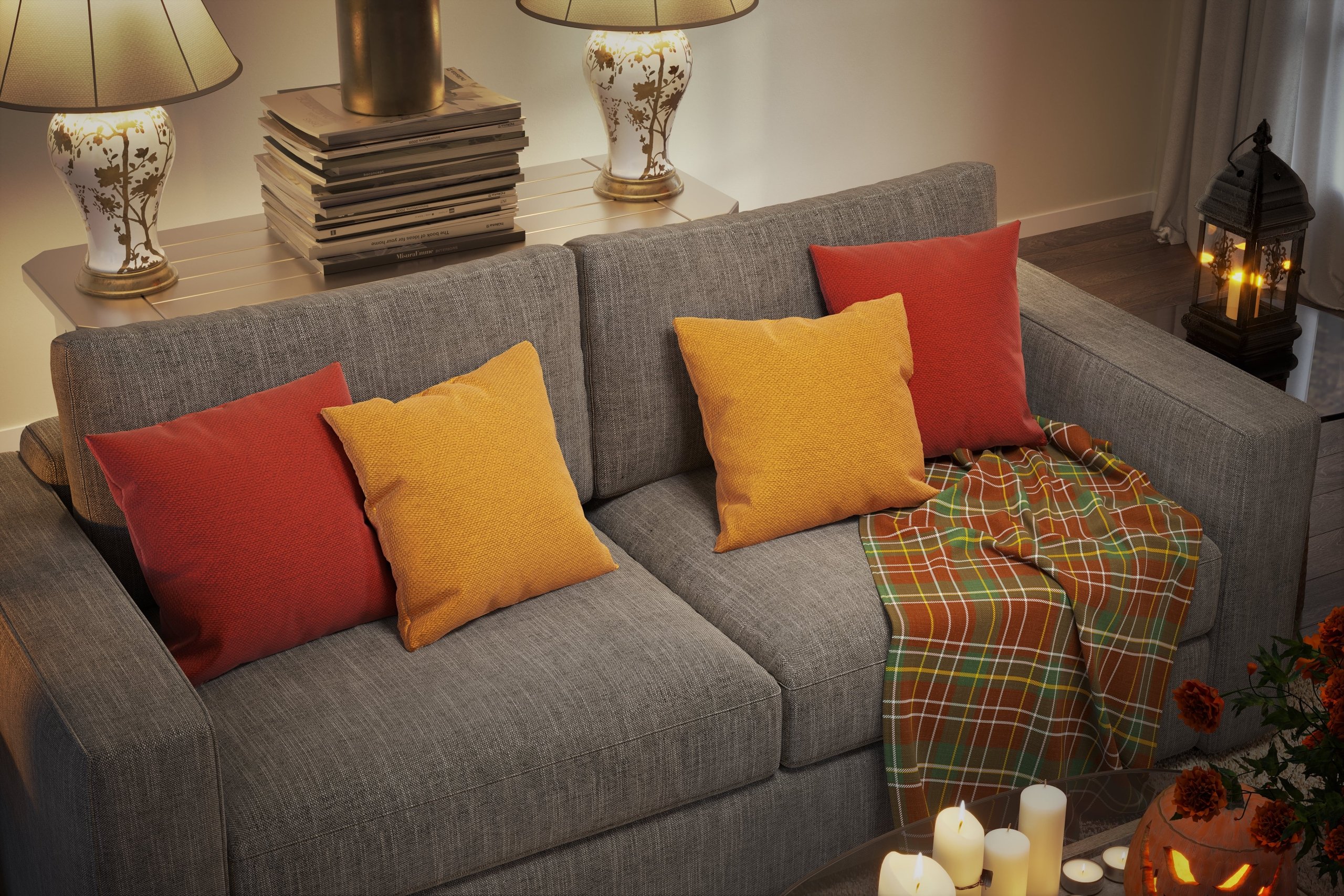
Another aspect where CGI has an edge is speed. Eliminating the photoshoots from the working process significantly accelerates the workflow. It is especially true if you have to create lots of visuals, for example, for a catalog.
#3. Creative freedom
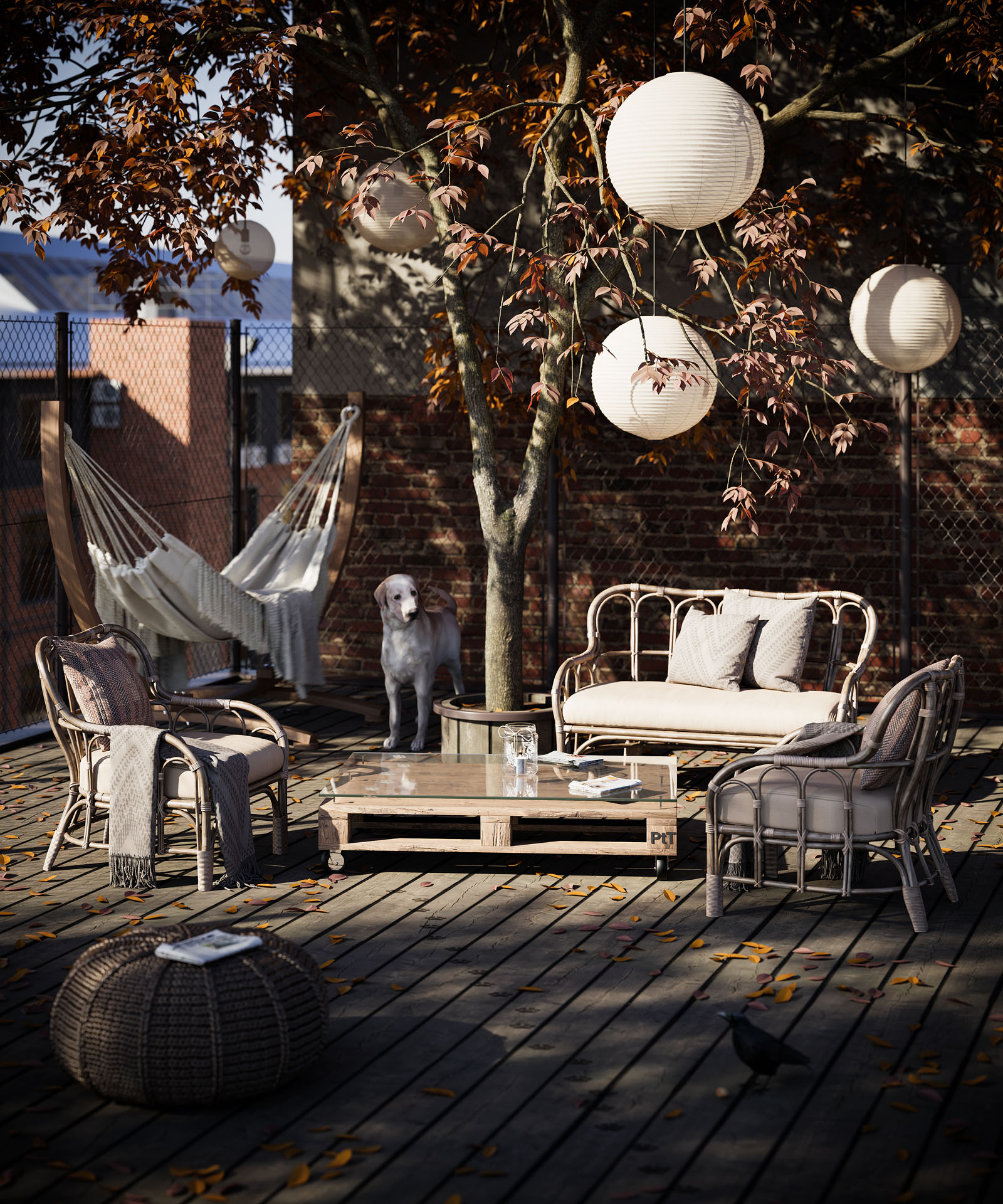
When it comes to 3D product rendering, the artist is not restricted by the studio, lighting, quality of equipment – and even laws of physics, if you want something extra bold! No idea is too wild for CGI.
#4. Flexibility
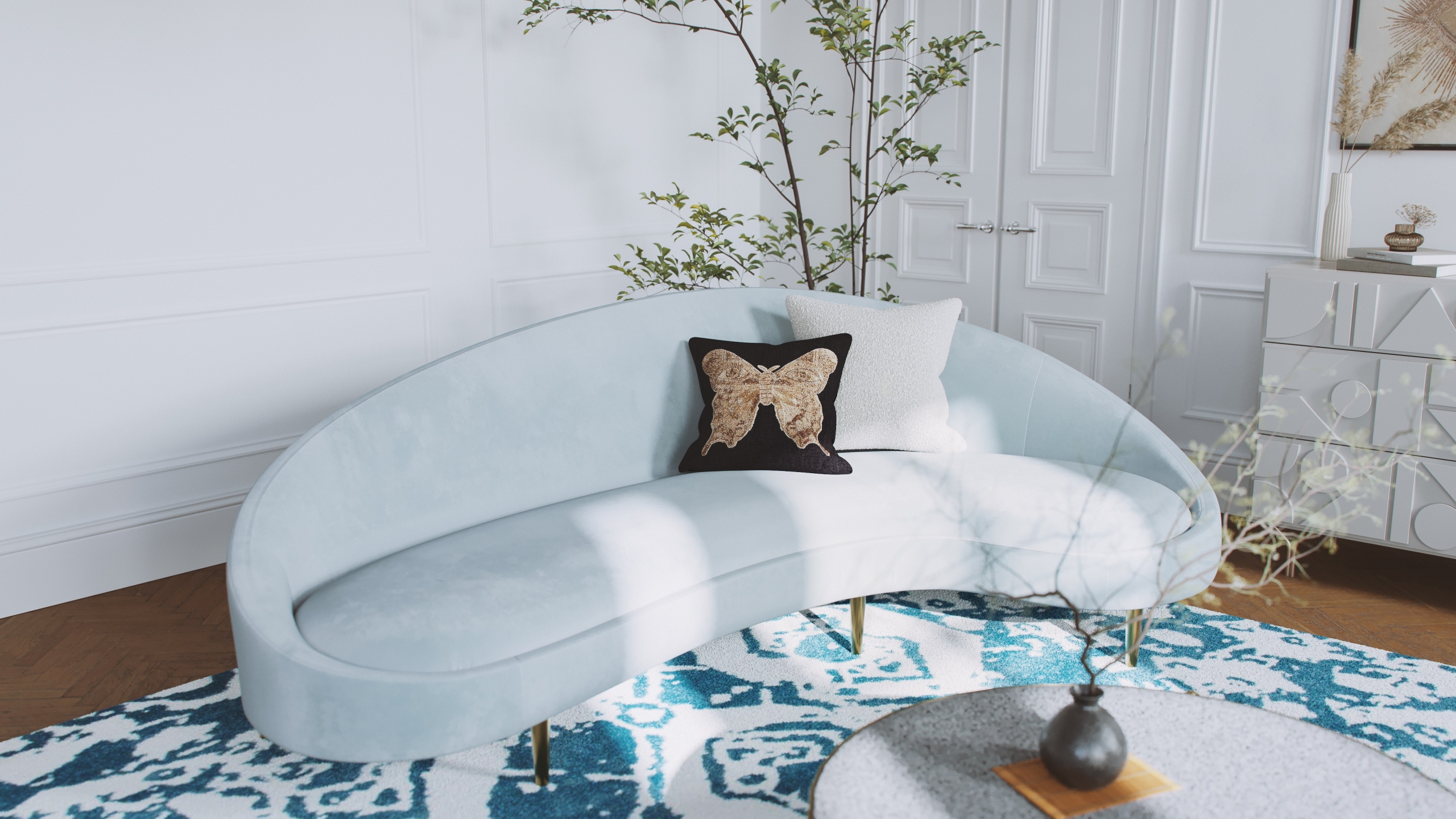
This is another benefit of 3D product visualization over traditional photography. If you want to show a product in different colors, with various textures, or with another lighting – with CGI it will only take a couple of clicks instead of extensive reshoots.
And the same goes for revisions. It’s much easier to fine-tune a 3D rendering to the customer’s liking.
#5. Versatility
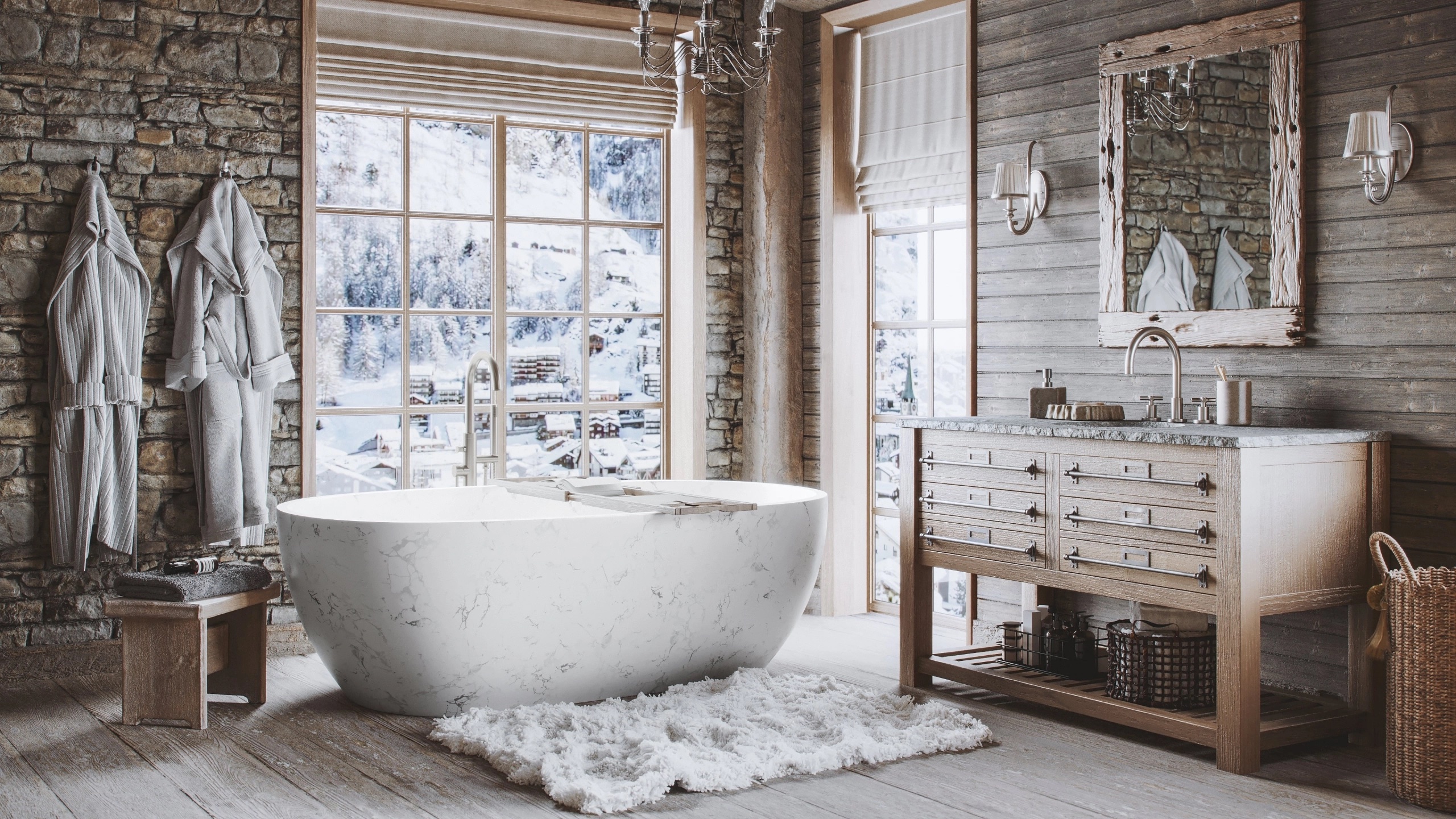
Another aspect where traditional photography simply cannot compete: it’s simply possible to do more with 3D. For one, you can show a product that is not yet manufactured. Whether you want to launch a marketing campaign for a new design or gauge the potential demand, 3D will help you out.
On the other hand, when traditional photography only offers static shots, CGI provides various types of visuals: product animation, interactive models, 360-degree panoramic views of the product, different configurations, AR models, and more – all of this will make your product stand out.
Traditional photography and 3D product photography serve the same purpose and are governed by the same aesthetic principles. However, 3D is more cost-saving, quicker, and far more versatile. In a competitive and overcrowded market, you should take every opportunity to stand out and catch the potential customer’s eye, and 3D offers the perfect tools for it.
Looking for 3D rendering services to visualize your next product? Contact us at CGIFurniture to get stellar renderings for a reasonable price!



Leave a Reply
Want to join the discussion?Feel free to contribute!